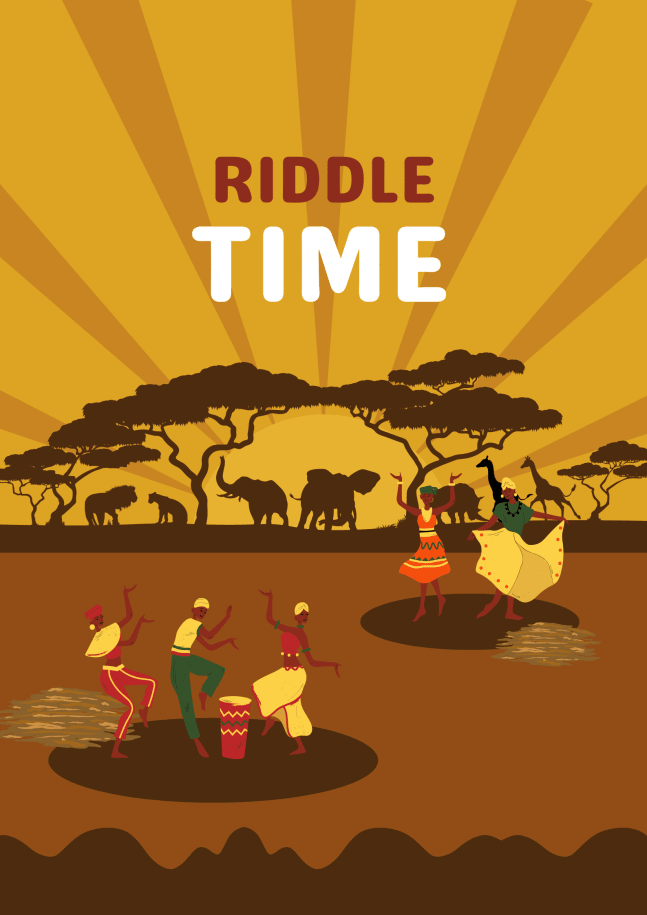The story starts in the late ‘80s. A young lady called Rebecca Lolosoli has just gotten married to an older man.
As is the tradition in the Samburu culture, the husband is supposed to gift the wife with beads so that she can make her own mporo marriage necklace, after which she will begin making her necklace collection. It is said that the more elaborate and colourful the beads and necklace, the greater the husband’s wealth and status.
Lolosoli is ecstatic about making her marriage necklace until she is not.
The months that followed after her wedding were, in simple terms, hell on earth. Lolosoli suffered continuous abuse from her husband. Apparently, beating one’s wife is/was a symbol of masculine strength among the morans (young men).
This, Lolosoli endured, until she couldn’t anymore.
She fought back from the abuse and went around telling other women that they should not tolerate that treatment. Because of that, she was beaten up even more, not only by her husband but by other men who felt that Lolosoli would threaten their marriages. That her husband did not defend her in light of other men, made Lolosoli realize that she might even die if she keeps living under such conditions.
She went on to gather 14 women who had been victims of Gender-Based Violence, and together, they moved out of their village. They pleaded their case with the government, and it acquiesced some land to them, for them to start their own village.
In 1990, then, the village of Umoja was created as a safe haven for women who are victims of rape, forced early marriage, female genital mutilation, domestic abuse etc., and would need protection. ‘Umoja’ is a Swahili word that means ‘unity’, therefore, in this village, women are united as sisters.
Soon after the village was formed, word quickly spread around Samburu, and so, women and young girls started arriving in numbers, seeking an escape from the harmful cultural practices and the abusive men, especially the British soldiers. What started as a village of 15 women eventually grew into a village of 70 women and 250 children.
How do they earn a living in a village where they live together?
Well, remember the beads that they used to receive from their husbands during marriage, then make necklaces? Yes, they still engage in bead-making, whereby they make traditional beaded jewellery and then sell them to tourists.
‘Tourists?’ Yes, due to the unique nature of this village, it has become a centre of attraction, bringing in curious minds who want to see how such a society with one gender is possible.
If this is a women-only village, does that mean that all the tourists are female?
Not really. The village welcomes men, but only for a short duration. They are welcome to temporarily visit as tourists. Rebecca Lolosoli says, “Men are forbidden to live in the village, but may visit as long as they behave and abide by the women’s rules.”
The village also has a campsite where tourists who are going on safari to the nearby Samburu National Reserve spend their nights. Thanks to the reach they have gained by having tourists, they now receive donations from well-wishers worldwide who’ve read about the village.
All the money earned by the women from tourism and bead-making is pooled together and then equally redistributed by Lolosoli among all the women, based on the size of their households. Any extra funds are allocated to an emergency fund for the entire community.
Still on the discussion on men, do the women of Umoja get children if the village only has women?
Well, the women are allowed to maintain relationships with men outside the village. If one wants a baby, they can simply ‘go out to get one’.
However, the sons can only stay in Umoja until they turn 18 years old. After that, they are asked to leave and find a new home. The mothers have the option of following them if they want to, and some do.
The village is surrounded by a fence to protect them, and it is said that the neighbouring men do try and sneak in, but any time this happens, the police are alerted and they chase the men away.
The village also has a school for the infant boys and girls. The long-term goal is to make enough money to send members of the community to higher education.
The general efforts of the Umoja village have been felt, and the county government intends to grant them ownership of some grazing land – something the women wouldn’t have had access to if they never formed this community.
Happy Women's Day!
Join the Lughayangu Community!

